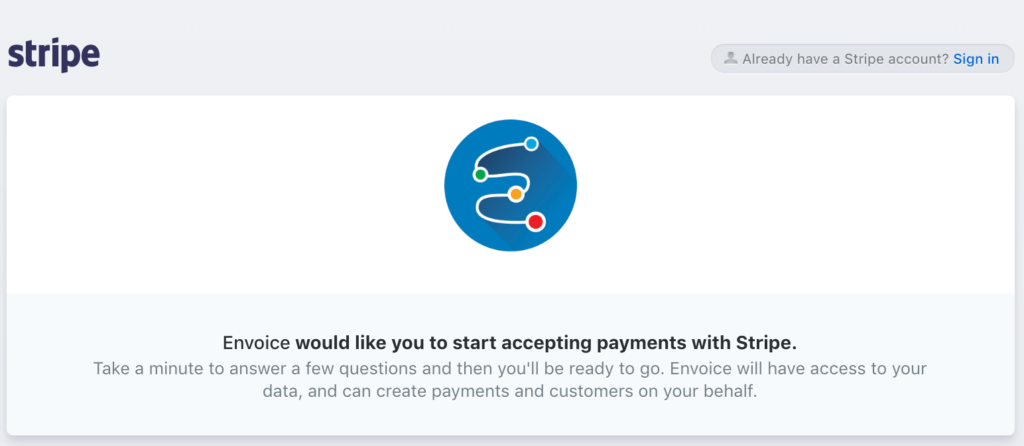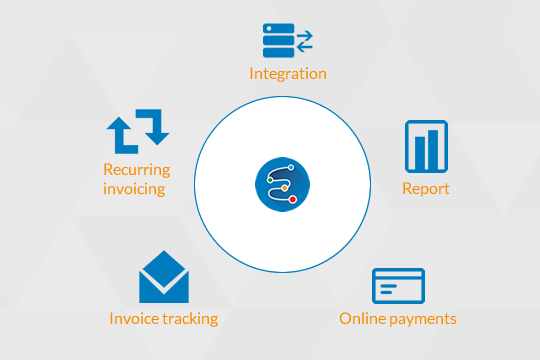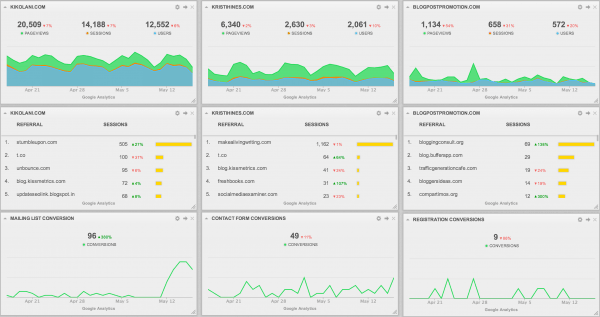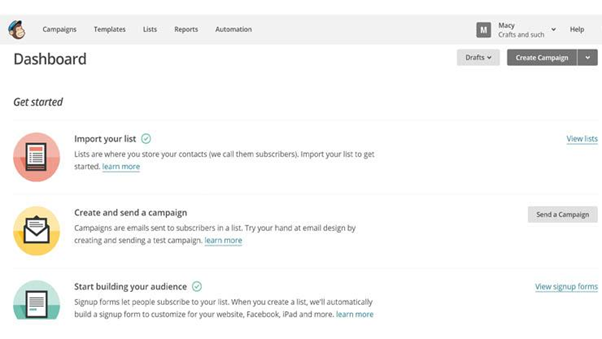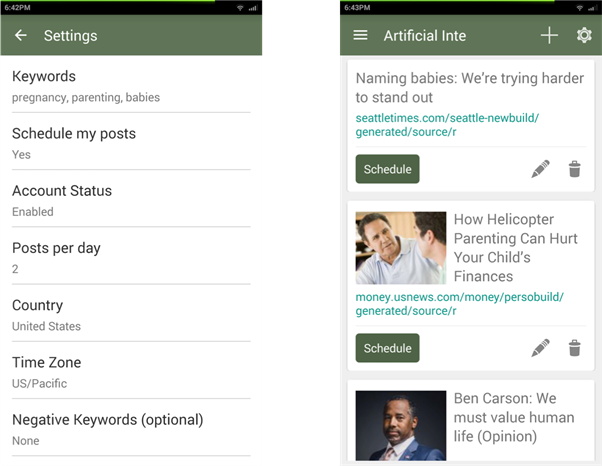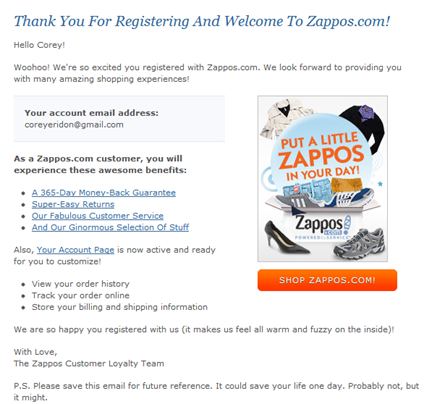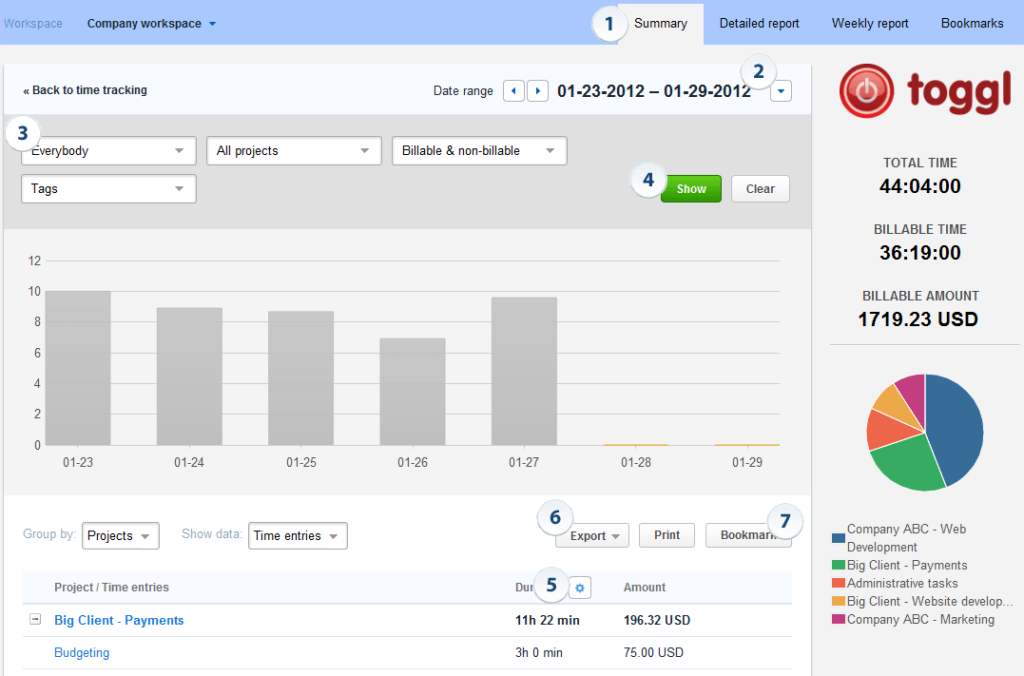How to Create the Perfect Invoice and Get Paid Faster
2019-04-01 | Invoicing | No Comments

When it comes to efficient invoicing, every business or individual should exert professionalism at every turn. After all, there is nothing more serious or important in business as payment.
At the same time, the process of invoicing is also an opportunity to create structure and organization within a business.
From tracking and time sheets to inventory and sales, invoicing software is capable of simplifying many aspects of a business and condensing this information into one system.
With this in mind, attention to detail is always important but establishing a clear process is often key to the efficiency of finances within a business. Here are some of the most useful tips for creating the perfect invoice and system for a small business.
Create Perfect Invoice
As already mentioned, the invoice itself should be professional and accurate, but simplification is key to establishing the perfect invoicing system.
In this sense, there are several software applications which create such invoices and then store the information in an electronic filing system. As you might expect, this system is fully automated, easy to manage and customizable.
Furthermore, this system will often feature a range of functions which cater to expense tracking, inventory, sales figures and even taxes. In short, the prospect of having a seamless system and specific place for this information is extremely beneficial for the growth of a small business.
While many invoicing software options are rather expensive, there are some invoicing systems such as 12th Door which is extremely efficient and entirely free.
Establish a Clear Process
When you set out to establish a set process for invoicing, you are committing to saving a significant amount of time.
For example, if a customer is unsure with regard to the content of an invoice, they may seek clarification or further guidance, and this is time-consuming at the very least.
Also, the invoice should consist of a very clear process which outlines a secure and easy payment process.
It may seem unnecessary, but while Paypal and credit card are the most common methods of payment, the invoice should clearly state that these methods are fully supported.
However, there should also be a general process which outlines the entire system to internal members of the business.
After all, this information is not merely for receiving payment and needs to be stored in such a way that you can easily access previous records at any time.
Highlight the Due Date
In the same way that payment options need to be identified, there should be a precise due date on every invoice.
Setting a due date is the perfect way to establish a process which can encourage the best practice and habits about payments from customers. In case you might be asking yourself, failing to set a due date is likely to discourage customers from prioritizing this payment.
It must also be said that setting this guideline from the outset is a perfectly reasonable approach to a contract of any kind.
On the contrary, setting these guidelines in the event of a non-payment can appear as a threat or warning to customers which is never beneficial for a long-term relationship.
Implement Recurring invoices
Producing a recurring invoice is another way to foster a positive and healthy relationship with regular customers. Overall, this will ensure that invoices are expected as opposed to being intrusive while the timely manner of this aspect creates routine within the invoicing system.
As a rule, recurring invoices are also likely to result in recurring payments, and this is certainly one of the most reassuring signs for a small business.
In some cases, the time frame for these invoices can be monthly or weekly, but the reasoning for recurring invoices is always the same in a sense that they seek to establish a healthy pattern of payments from customers.
Use Simple Language
As always, you should never assume the level of understanding for which a customer might have regarding a payment process. While we stress professionalism, due dates and an outline for payment methods, this information should be clear and courteous at all times.
Needless to say, you should never forget to thank customers and show genuine appreciation for their presence. Invoicing is the perfect opportunity to express this gratitude, and this is something which should never be taken for granted.
At the same time, the use of simple and straightforward language is important when communicating with customers. While demonstrating intelligence may seem relevant, the purpose of an invoice is to outline the process and encourage a simple outcome – prompt payment.
Take Advantage of Automation
Automation is arguably the most popular way to approach invoicing for small businesses. Invoicing software can provide specific programs and invoicing templates. Also an option to create a customizable invoice for customers.
For this reason, you can spend time to create the perfect invoice or existing templates are often applicable to almost any business.
Although this is merely one feature of this powerful software, for this automation extends to outsourcing many more aspects of the process. Instead of chasing up payments with customers, these attractive templates are automatically issued on a regular basis.
In the event of non-payment, the software will also issue a reminder to customers while the business owner has little more to do than wait for confirmation.
As a final step in this process, receipts are automatically generated to complete this highly efficient invoicing system.
While finding new customers is always necessary for growth, efficient invoicing is equally as important for the organization and profitability of a small business.
Similarly, freelancers and small businesses can find a wide a range of tools within this software to streamline the process and transition to a superior invoicing system.















